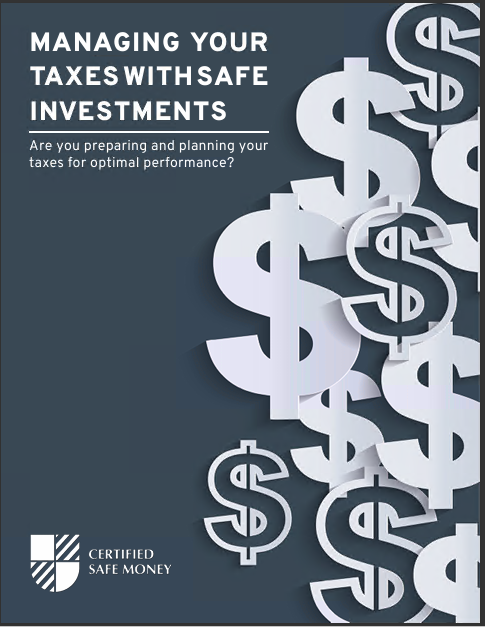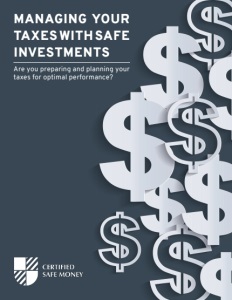Key Takeaways
-
Fixed annuities offer predictable income and financial security but often come with limited flexibility.
-
Understanding surrender charges, payout terms, and the financial strength of your annuity issuer is essential to making an informed choice.
Unpacking Fixed Annuities: What Exactly Are They?
When you’re considering safer methods to manage your money, fixed annuities frequently come up as an appealing option. Essentially, a fixed annuity is an agreement between you and an insurance company. You make a lump sum payment—or a series of payments—and in return, the company promises you regular income payments either immediately or starting at a future date. It’s like setting up your own personal pension.
But how well do you understand fixed annuities? Let’s dive deep into their features, benefits, and the potential pitfalls you might encounter along the way.
The Essential Features of Fixed Annuities
Guaranteed Interest Rates
One major attraction of fixed annuities is the guaranteed interest rate. When you purchase an annuity, the insurance company guarantees a fixed rate of return for a specified duration—usually anywhere from 3 to 10 years. This gives you peace of mind, knowing exactly how much you’ll earn on your investment.
Income Options Tailored for You
Fixed annuities typically offer various payout options, giving you the flexibility to choose how you receive your money. Common options include:
-
Lifetime Income: Receive payments for as long as you live.
-
Period Certain: Receive guaranteed payments for a fixed period, often 10, 15, or 20 years.
-
Joint Life Annuity: Provides payments for both you and your spouse or partner, offering continued income after one of you passes away.
Death Benefit Protection
If you pass away before your annuity starts paying out or before it has fully paid back your principal, most fixed annuities include a death benefit. This ensures your beneficiaries receive the remaining balance, providing financial protection for your loved ones.
The Bright Side: Benefits of Fixed Annuities
Predictable and Reliable Income
One of the strongest advantages of fixed annuities is predictability. Unlike stock investments or mutual funds, your returns aren’t influenced by market fluctuations. This can be particularly reassuring if you’re approaching retirement and want to ensure a steady income stream.
Safety and Stability
Fixed annuities are considered safe money investments because they protect your principal. Even if markets perform poorly, your investment remains secure and continues to earn interest. This level of safety can be a comfort, especially in volatile economic times.
Tax-Deferred Growth
With fixed annuities, your earnings grow tax-deferred. You won’t pay taxes on the interest you earn until you start withdrawing funds. This can boost your investment growth compared to taxable accounts, allowing your money to compound faster.
Watch Out: Common Drawbacks and Pitfalls
Despite their attractive features, fixed annuities aren’t without potential downsides. Here are some key points you need to be aware of:
Surrender Charges and Fees
Fixed annuities usually come with surrender charges, meaning you’ll pay a fee if you withdraw funds earlier than the specified period, typically within the first 5-10 years. These fees can start as high as 10% and gradually decline each year. Always check the surrender schedule before you commit.
Limited Liquidity
Another drawback is limited liquidity. Unlike savings accounts or money market funds, you can’t access your money easily without penalties. Most contracts allow penalty-free withdrawals up to 10% annually, but beyond that, you could face charges.
Inflation Risk
Inflation is another critical consideration. The fixed payments you receive today might not hold the same purchasing power in the future. For example, a payment of $1,000 per month today might feel sufficient, but in 15 or 20 years, inflation could significantly reduce its buying power.
Opportunity Cost
When you lock your money into a fixed annuity, you might miss out on potentially higher returns elsewhere. While safety is great, the trade-off is often lower returns compared to investments like stocks or mutual funds.
How to Evaluate if a Fixed Annuity Is Right for You
Choosing whether a fixed annuity is suitable involves assessing your financial situation, goals, and risk tolerance. Here are several factors to consider:
Your Retirement Timeline
Consider when you’ll need income. If retirement is just around the corner—say, within the next five years—a fixed annuity can offer immediate income security. However, if retirement is decades away, you might prefer investments that offer growth potential over a longer time frame.
Your Risk Comfort Level
If you prefer predictable returns without the stress of market volatility, fixed annuities are appealing. However, if you can comfortably handle some market ups and downs in pursuit of higher returns, annuities might not be your ideal choice.
Tax Implications
If you’re in a high tax bracket and looking for ways to defer taxes on earnings, a fixed annuity can help. Conversely, if you anticipate needing liquidity soon, other investment vehicles might serve you better.
Understanding the Importance of the Issuer’s Financial Strength
The promise of guaranteed payments hinges on the financial health of the insurance company issuing your annuity. Always check the issuer’s credit ratings from major rating agencies before you purchase an annuity. Look for companies with strong ratings—generally rated “A” or higher—because you’re trusting them with your retirement security.
How Long Should You Keep Your Fixed Annuity?
The ideal duration for holding a fixed annuity depends largely on your goals. Typically, the minimum recommended period aligns with the surrender period, usually between 5 to 10 years. Holding your annuity until at least this timeframe helps you avoid penalties and gain the full benefits.
If your annuity includes guaranteed lifetime payments, it often makes sense to keep it indefinitely, as it becomes a secure source of income throughout retirement.
Alternatives to Consider Alongside Fixed Annuities
Fixed annuities aren’t your only safe investment option. To diversify your portfolio, consider alternatives like:
-
Certificates of Deposit (CDs): These offer fixed returns for shorter periods (1-5 years), with easy liquidity and federal deposit insurance.
-
Treasury Bonds: Government-backed bonds providing guaranteed interest payments and principal protection.
-
Immediate Annuities: Offer immediate income without the waiting period of deferred annuities.
Comparing these options helps you build a diversified and balanced investment strategy.
Finding Balance: Mixing Safety and Growth
The best investment strategies strike a balance between safety, income predictability, and growth potential. Fixed annuities are excellent tools to achieve predictable income, especially during retirement, but they’re best combined with other investments to balance liquidity and inflation protection.
Evaluate your financial priorities, timeline, and comfort with risk to decide how prominently fixed annuities fit into your overall financial plan.
Secure Your Financial Future with Smart Decisions
Choosing whether a fixed annuity fits your investment plan is all about aligning your personal financial goals, timelines, and risk preferences. Fixed annuities offer substantial safety, guaranteed income, and peace of mind but come with trade-offs like limited liquidity, inflation risk, and potential fees.
The smartest approach is to consider fixed annuities as one part of a comprehensive financial strategy. Remember, the ultimate goal is to ensure financial security and comfort throughout your retirement years.











